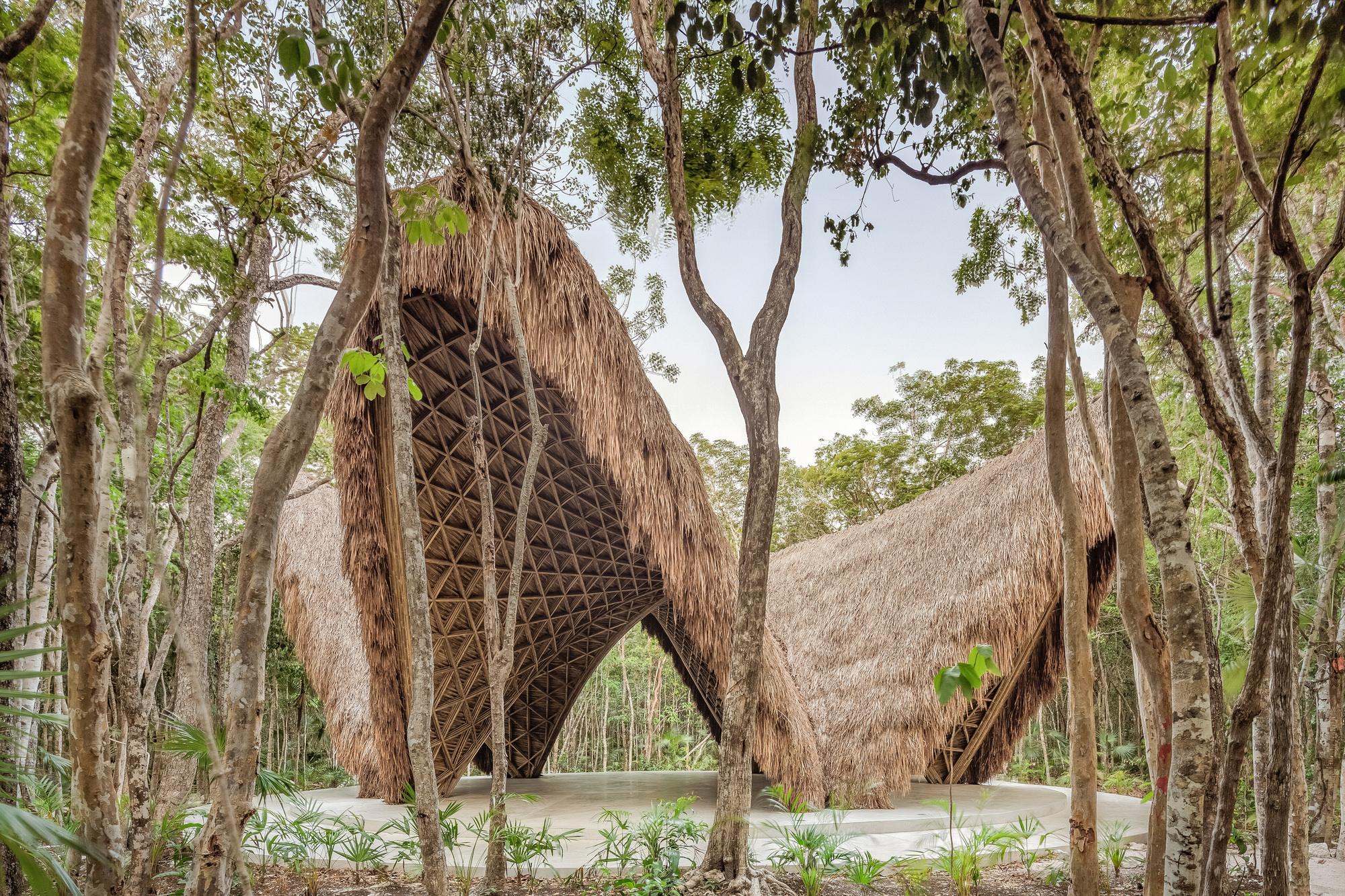Luum Temple
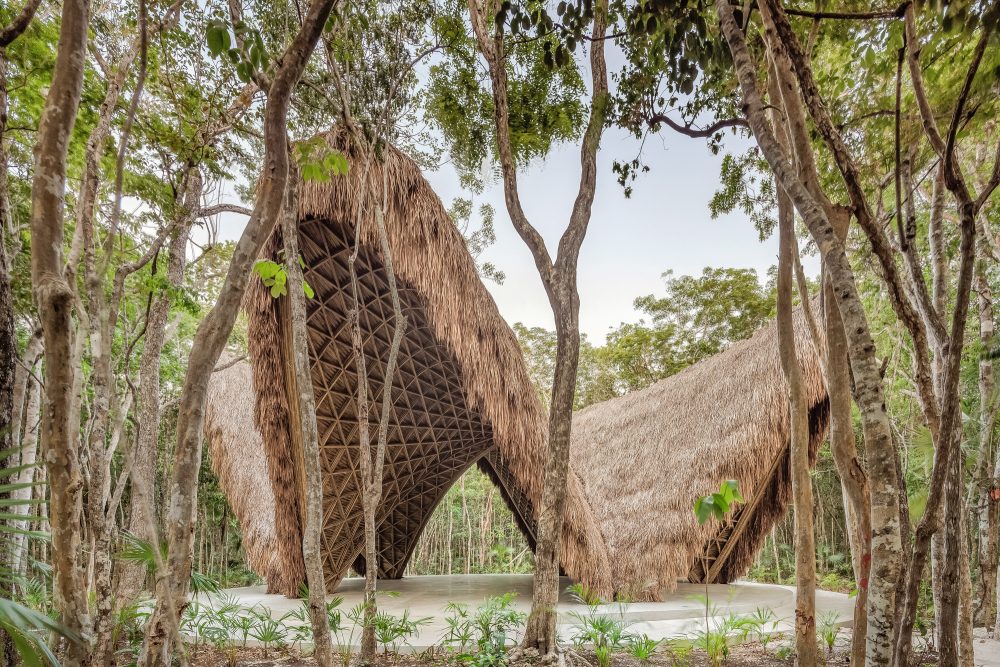
Right at the heart of the forest of Mexico’s beach town of Tulum, there exists an eco-friendly bamboo structure that not only serves as the perfect place for reconnecting with nature but also as a tangible symbol of more sustainable forms in architecture.
Designed by Tulum-based studio CO-LAB Design Office, the Luum Temple emerged as an idea inspired by the shell works of reinforced concrete by Spanish-Mexican architect Felix Candela. Externally, the five-sided catenary pavilion is covered in sustainably-farmed bamboo bent and cold-molded on site. This formed the temple’s internal partitions and arched vaults which co-existed in structural dependency – a symbolically aesthetic message relayed thru parametric strategies.
To access the temple, one has to traverse through a native, pristine jungle by foot – wherein arriving visitors are rewarded with cool, gentle winds that create an ethereal interplay of light and shadows as they enter the structure. Completing the tranquil and healing ambiance of Luum Temple is an earthy brown palette that subtly blends with the local landscape.
Inside, the circular pavilion caters to a variety of activities that promote health and wellness, which include community gatherings, meditation, workshops, and yoga, among others.
For structural stability, multiple bamboo beams were woven together into a triangular mesh atop a dual-layered woven bamboo lattice for additional coverage. Concluding the grandiose bamboo temple is a large canopy of straw thatch – also known as Zacate, which protects the structure from heat and rain.
Luum Temple forms part of a larger residential development also designed by CO-LAB Design Office – which is called the Luum Zama. While many developers tend to maximize sellable areas of a site to the detriment of their existing ecosystem, Luum Zama takes on a more environmentally-friendly route by setting aside 50% of its 8-hectare area to preserve the forest’s existing vegetation. Further raising awareness to the urgency of protecting the natural resources within the area is an integrated reforestation program which promotes the conservation of its endemic plants.
In the words of the architects themselves, the Luum Temple is the epitome of sustainable development, which combines innovative engineering and design, local craftsmanship, and organically sustainable materials. Through a carefully-curated architectural program that goes beyond the built environment and instead strives to create an iconic, distinct, yet contextual space for the community, the Luum Temple perfectly depicts what happens when the owners, builders, architects, and engineers immerse themselves into a collaborative process.
- Mexico
- CO-LAB Design Office
- https://www.co-labdesignoffice.com/luum-temple
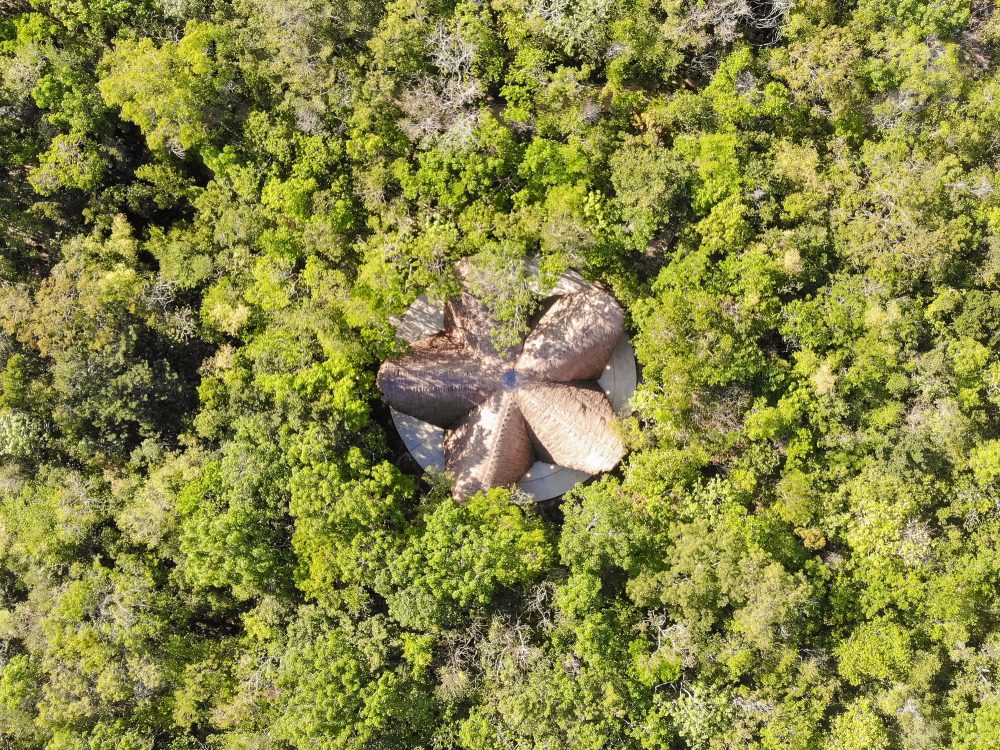


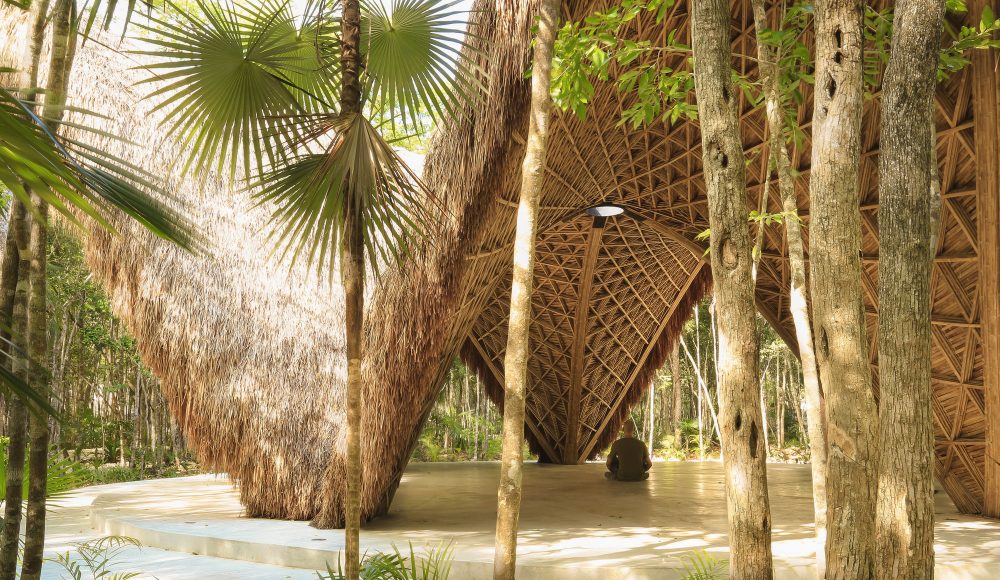

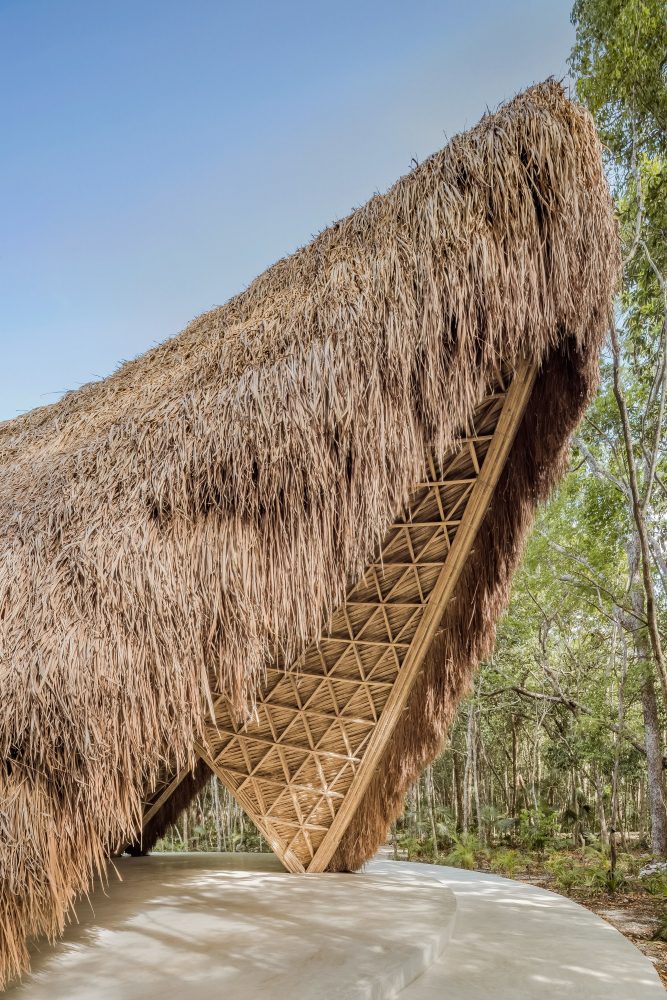
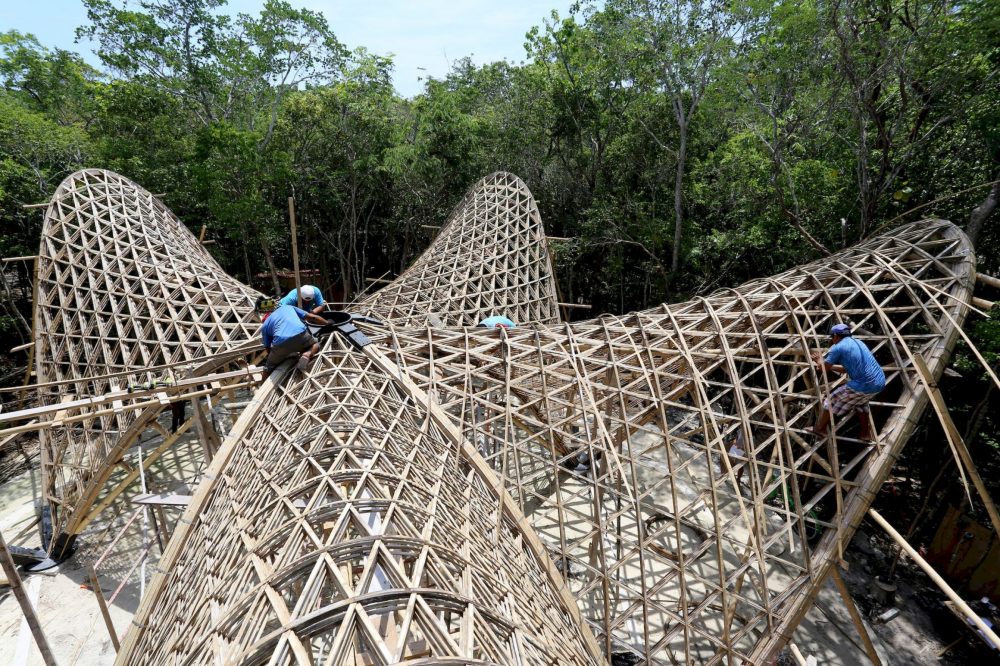

Category Healthcare
